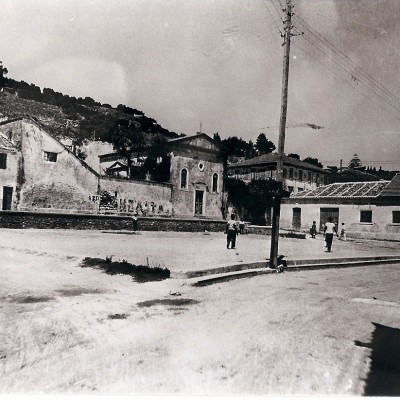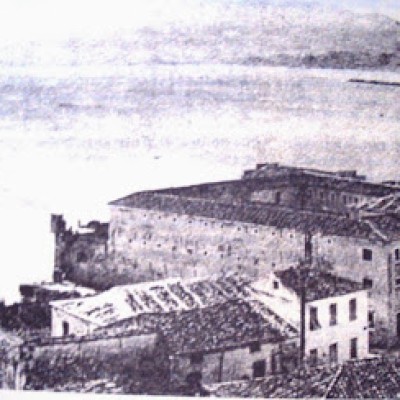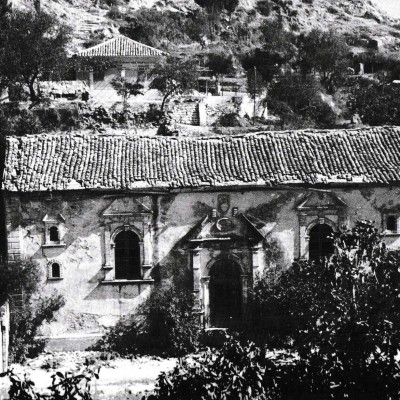Guided tour from Platiforos to Agia Triada and Church of Virgin Mary in Pounta of Kryoneri
Following the street named Luka Carrer today, whose name is dedicated to the Jewish rescuer Mayor of Zakynthians, we find the Souliou Square, with the commemorative column for the relationship between Zakynthos and Souli. Next to the old level of the city, before the earthquake one of the two temples the Lady of Angels was restored after earthquakes and it is built in rhythm plataresco. Right next to the Roma’s Manor.
In the same area there were many of the mansions of the island, whose eastern side was wet by the sea, shaped private harbors, the so-called Repara. One of the most famous mansions was the ones of Carrer’s, Sargid’s, Sigouro’s, where Saint Dionysios was born (1547-1622).
After compounds from the ruins of the houses that were made for the construction of the new city, Repara disappeared and the new street Dionysiou Roma (member of Filiki Etaireia, the greek society) was created, where today the beach of E.O.T. and the summer open cinema "Christos Negas" along with the monument for the prematurely lost composer Dimitris Lagios.
On the parallel road of Dion. Romas, which is called Panagiotis Chiotis Rd. today, was the Church of Agios Ignatios, located in the Mansion of the Karabini Family. A school operated there and refugees from Asia Minor and later political exiles were hosted. Near the spot was the Panagia ton Chariton (Santa Maria della Grazie), where a hydria was found, and it is said that it had the ashes of the Roman philosopher Cicero and that the Belgian anatomist Andreas Vezal was buried there.
Moving on we meet the neighborhood of Agia Triada, where there were the Church of Agia Triada, karnaya, the Hospital, the Prisons with the Church of Agios Spyridon in the courtyard, and the Temple of Estavromenos, where Anthimos Argyropoulos was buried. An uphill road from Kryoneriou Street leads to the Church of Agia Paraskevi in Klapsi, where the cemetery on the north side of Zakynthos, where Andreas Ioannou the artistic and pro-Zakynthian prefect is buried, who was also the Director of the National Gallery. The tomb, work of the sculptor Irene Pramantioti – Chariatis, is in a position that he had chosen before his death.
Next we encounter the buildings of the olive core processing plant, which produced olive-pomace oil, with which they made soaps. The remains of the olive core were used for heating the houses and for fuel in Kaminia.
Continuing on the left is the Red Rock, which refers to the work of Grigori Xenopoulos "Fotini Sandri".
Continuing on the road of Kryoneri we meet the spring and the Aqueduct, from where the passing ships were supplied during the Venetian and the British occupation.
At the end of the coastal road, the Church of Panagia Kryoneritissa, patron saint of the Boutieri guild (barrel makers). Just above the temple and the Lighthouse for the seafarers.
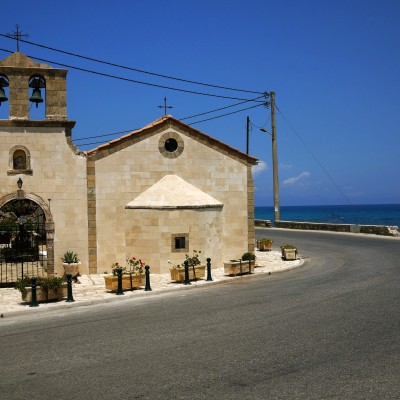


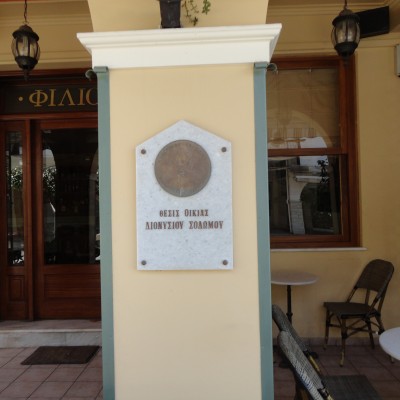
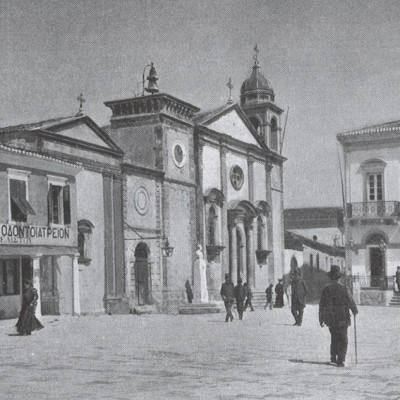
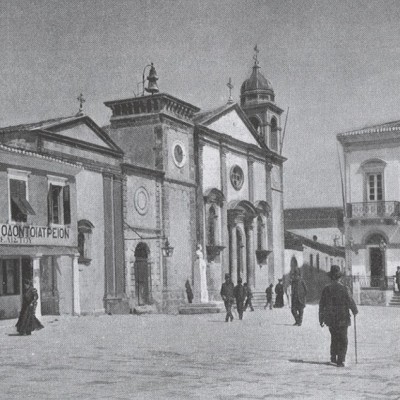
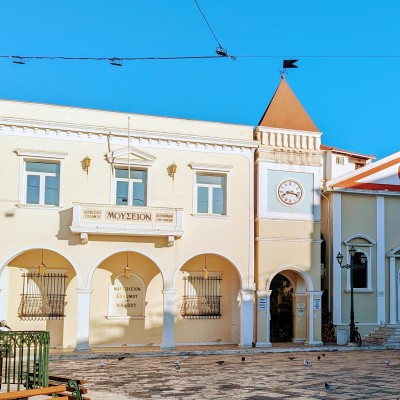
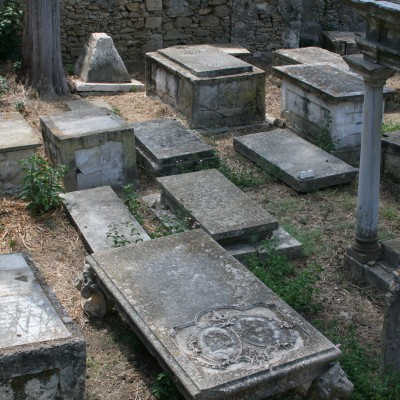



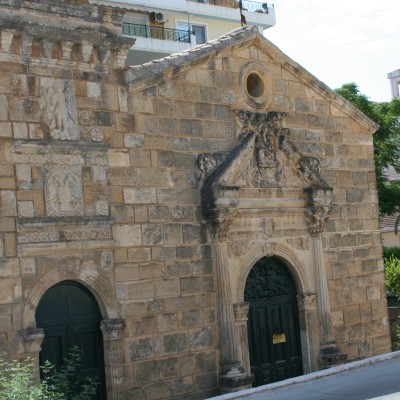
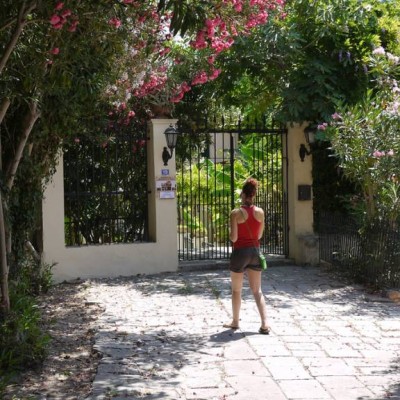



.jpg)

